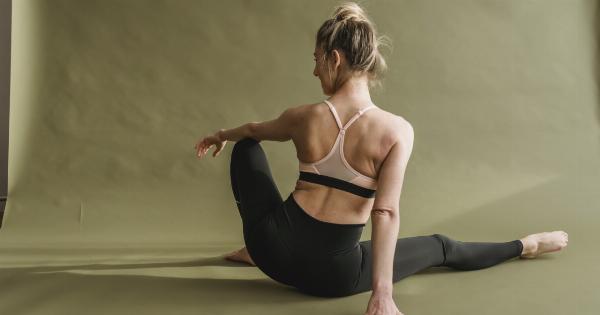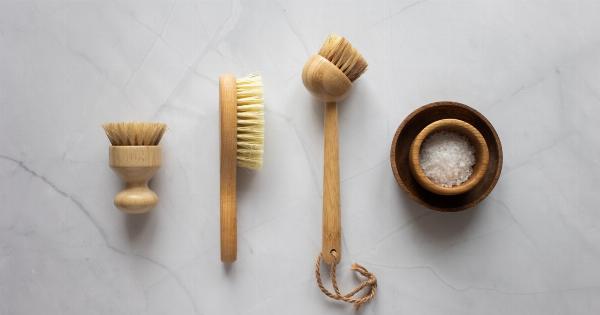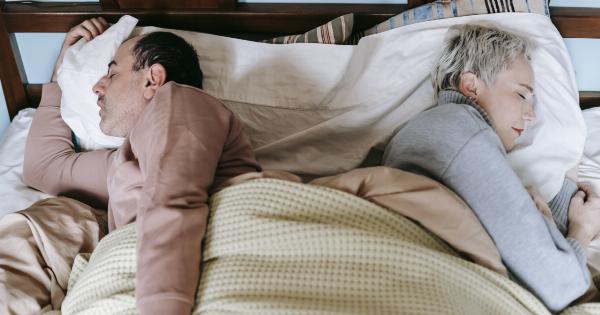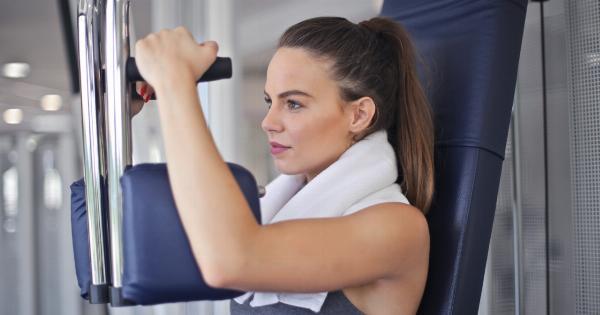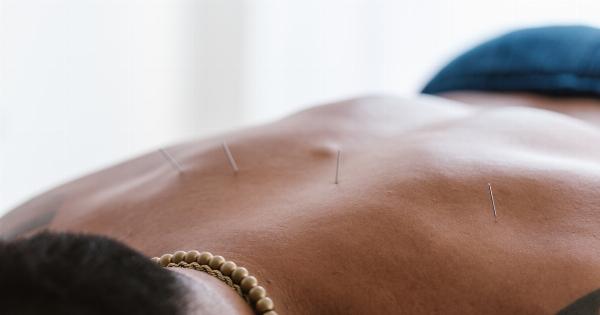Back pain is a common ailment affecting people of all ages and backgrounds. Among the various types of back pain, middle back pain can be particularly debilitating.
Located between the upper and lower parts of the spine, the middle back plays a crucial role in providing strength and support to the body.
Several factors can contribute to middle back pain, including poor posture, muscle strain, and spinal abnormalities.
Additionally, sedentary lifestyles, excessive sitting, and long hours spent working at a computer desk can further exacerbate this condition.
The Importance of Addressing Middle Back Pain
Left untreated, middle back pain can significantly impact your quality of life. It can hinder your ability to perform daily activities, affect your productivity at work, and even disrupt your sleep.
Furthermore, untreated middle back pain can lead to chronic pain, muscle imbalances, and long-term postural problems.
So, what can you do to alleviate middle back pain and improve your overall posture? The answer lies in a simple yet effective exercise that targets the muscles of the middle back and promotes proper spinal alignment.
The Miracle Exercise: Cobra Pose
The Cobra Pose is a yoga-inspired exercise that stretches and strengthens the muscles of the middle back, relieving pain and promoting a healthier posture.
This gentle and accessible exercise can be easily incorporated into your daily routine, providing significant long-term benefits.
Step-by-Step Guide to Performing Cobra Pose
Follow these instructions to perform Cobra Pose correctly:.
1. Starting Position
Lie face down on a mat or a comfortable surface, with your legs extended and the tops of your feet resting on the ground. Place your hands under your shoulders, palms down, and keep your elbows close to your body.
2. Engage Your Core
Press your pubic bone into the floor, engaging your core muscles. Relax your glutes and ensure that your buttocks are not clenched.
3. Inhale and Lift
Inhale deeply and slowly start to lift your head and chest off the mat, using the muscles of your middle back. Keep your gaze forward and avoid straining your neck.
4. Elongate Your Spine
Continue lifting your upper body, allowing your hands to support only a portion of the weight. Lengthen your spine, imagining that you are reaching the crown of your head towards the ceiling.
5. Hold and Breathe
Hold the pose for 15-30 seconds, or as long as it feels comfortable for you. Focus on taking slow and deep breaths, allowing your chest to expand fully.
6. Exhale and Lower
Safely release the pose by exhaling and gently lowering your upper body back down to the mat, one vertebra at a time. Rest your forehead on the mat and relax your whole body.
Tips for a Successful Practice
Here are some additional tips to enhance the effectiveness of the Cobra Pose:.
1. Gradually Increase Duration
Start by holding the pose for a shorter duration, such as 10 seconds, and gradually work your way up to 30 seconds or longer. Listen to your body and avoid any discomfort or strain.
2. Maintain Proper Alignment
Throughout the exercise, keep your pelvis grounded and avoid overarching your lower back. Maintain a neutral spine position to maximize the benefits.
3. Don’t Forget to Breathe
Concentrate on inhaling and exhaling deeply and calmly. Breathing properly not only enhances relaxation but also supports muscle engagement.
4. Incorporate into Your Routine
To experience the full benefits, practice Cobra Pose regularly. Aim for at least 3-5 repetitions, gradually increasing the frequency as your body becomes accustomed to the exercise.
Additional Measures for Back Pain Relief
While the Cobra Pose can work wonders for middle back pain, it is crucial to adopt additional measures to ensure long-term relief and prevent future discomfort.
1. Strengthen Your Core
A strong core provides stability to your spine and reduces strain on the muscles of the middle back. Incorporate exercises like planks, bird-dogs, and bridges into your routine to strengthen your abdominal and back muscles.
2. Improve Your Posture
Poor posture often contributes to middle back pain. Focus on maintaining proper alignment while sitting, standing, and walking. Consider using ergonomic chairs and accessories to support a healthy posture during prolonged sitting.
3. Stretch Regularly
Take breaks throughout the day to stretch your entire body, paying special attention to your middle back. Incorporate gentle stretches, such as seated spinal twists and upper back stretches, into your daily routine.
4. Stay Active
Engaging in regular physical activity not only promotes overall health but also helps alleviate back pain. Incorporate cardio exercises, swimming, and low-impact workouts into your routine to keep your back strong and healthy.
Conclusion
Don’t let middle back pain disrupt your daily life. The Cobra Pose, when practiced regularly and correctly, can work wonders in relieving pain, improving posture, and promoting long-term back health.
Remember to listen to your body, start slowly, and consult with a healthcare professional if you have any concerns or pre-existing conditions.



